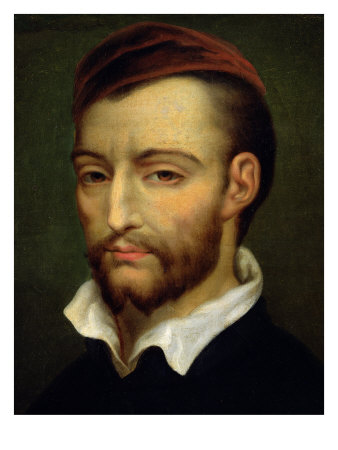Theodore Gericault
(1791-1824)

Theodore Gericault, a famous French painter and lithographer, was born in Rouen, France on September 26, 1791. Gericault’s father was a lawyer and mother was from a noble family. In his childhood he was fond of horse riding and it became his hobby for all his life. In 1804 Gericault entered the Emperor’s lyceum, but later in 1808 he left it. Gericault began to study painting in the tradition of English art under Carle Verne (1808-1810) and after that under Pierre-Narcissi Guerin from 1810 to 1811. Gericault soon left the classroom, choosing to study at the Louvre instead, where he made copies of paintings by Peter Paul Rubens, Titian, Diego Velázquez, and Rembrandt for about six years, from 1810 to 1815. His first major work, The Charging Chasseur, exhibited at the Paris Salon of 1812, revealed the influence of Rubens’ style. In 1816–1817 Gericault travelled to Florence and Rome, where he made copies of paintings by Michelangelo and Raphael. After that trip Gericault began creating the most significant of his works “The Raft of Medusa” and finished it in 1819. It depicted the aftermath of a contemporary French shipwreck in which the captain had left the crew and passengers to die. At the Paris Salon of 1819 the painting was noticed and admired by many people and soon became one of the best pictures at the exhibition. Then Gericault went to England, where he studied horses. After his return to France in 1821, Gericault was inspired to paint a series of ten portraits of the insane. The five remaining portraits from the series represent his last triumph. But, weakened by riding accidents and chronic tubercular infection, he died in Paris on January 26, 1824 at the age of 33 after a long period of suffering.

